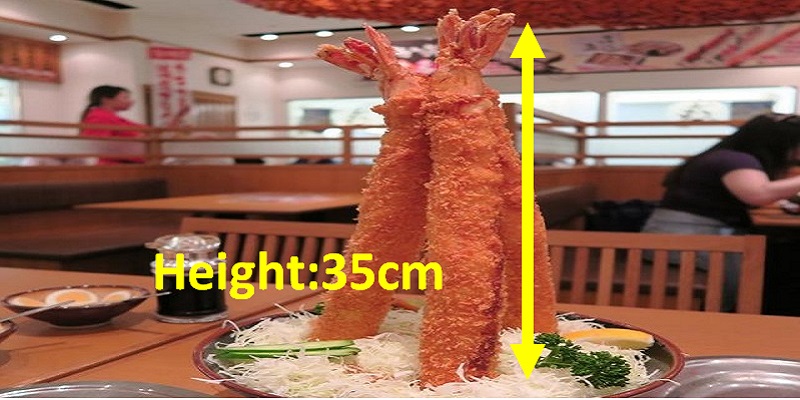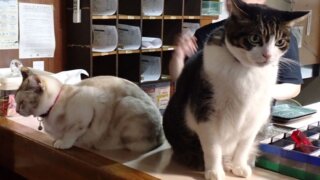“Noritake Museum” is a collection of the original noritake product “Old Noritake Take” in “Noritake Garden” in Nagoya City, Aichi Prefecture.

This exhibit includes the first dinner set of Japan, 200 dinner plates from successive generations, tableware from the architect Frank Lloyd Light, and a signing plate from the Baseball God Babe Ruth.
The Noritake Museum is a must-see for those who love art and art, and those who are involved in “manufacturing” such as design and engineering.
Contents
“Noritake Museum” on the third and fourth floors of the Kraft Center


The “Craft Center”, where you can observe everything from fabric production to painting, is on the 1st and 2nd floors, and the “Noritake Museum” is on the 3rd and 4th floors.
The wall on the left side is decorated with the past dinner plates on one side, and the collection of cups and saucers is displayed in the back.
It is a space filled with dignity so that the viewer can correct the collar.
This space is full of elegance, so that the people who watch it can adjust their collars.
The enterance fee is 500 yen for adults, 300 yen for high school students, and free for junior high school students.
Moreover, the tickets are common to the Kraft Center and the Noritake Museum, and both are very valuable.
Additional discount coupons are available, so please refer to the official website for details.
SEDAN, Japan’s first dinner set
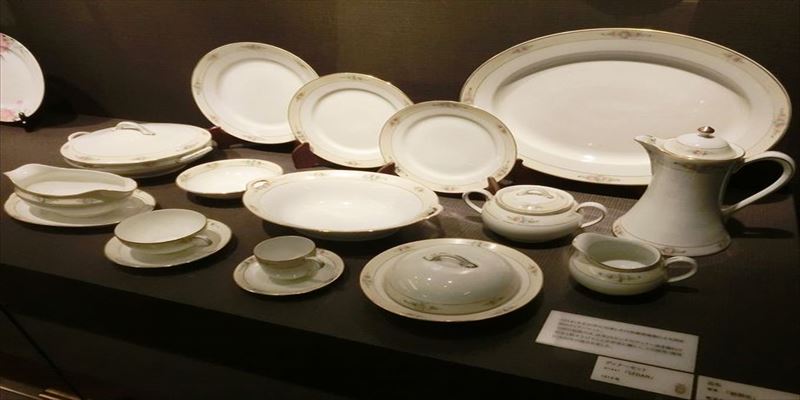

With great difficulty in manufacturing white hard porcelain, Morimura Ichizaemon established a joint Japanese ceramic company (now Noritake Company Limited).
However, there remained a major challenge in creating a uniform plate that was essential for the dinner set.
The 25 cm dinner plate didn’t have a flat bottom and couldn’t have a uniform shape.
In 1913, they completed a 25-centimeter dinner set for Pure White, taking approximately 10 years from the founding of the Nippon Pottery Gomei Co., Ltd. through the research and development of Western dishes with different basic characteristics from Japanese tableware.
The first dinner set in Japan was named SEDAN and began exporting in 1914.
In the first year, only 20 sets were shipped, but in four years, approximately 40,000 sets were shipped, and the company began to make a leap to the world as a Western dish brand.
Performance of art director, Magobe Okura
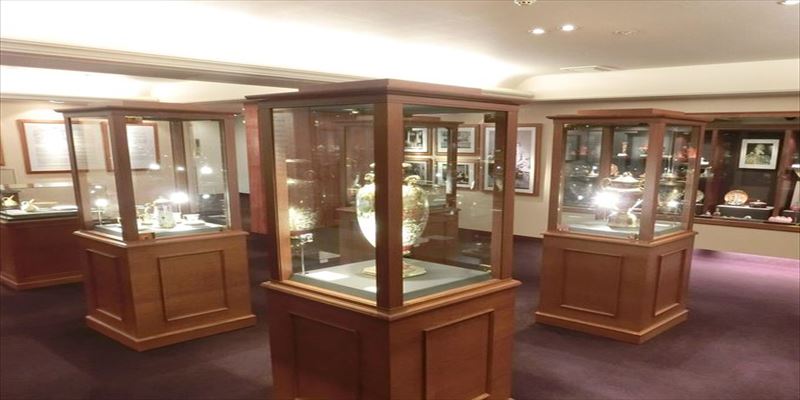

Some have supported the founder, Ichizaemon Morimura, and have been active as current art director.
This was Okura Magobe, who ran a publishing company that sold books for the masses, mainly pictures from the Edo period, called Ezoshi.
Mainly dealing with multicolored ukiyo-e prints and Nishiki-e, Nishibei, whose aesthetic sense has been refined, tried switching to Western-style paintings for craftsmen who specialize in Japanese painting.
The artisans, who were initially opposed to the idea, incorporated traditional techniques into their Western-style paintings and created their own designs.
On the 4th floor and in the exhibition room, a stand-alone display table is set to view vases from all directions.
You can fully enjoy the “old noritake” exported to Europe and the United States from the late Meiji era to the end of World War II.
In addition, there is also a panel that describes the details of the history of the “Old Noritake” back seal, which is full of highlights.
Designed by American architect Frank Lloyd Wright


Wright was involved in the construction of the Imperial Hotel in Japan, the villa of Yamamura Tazaemon, the residence of Jiyu Gakuen Tomorrow, and the residence of Hayashi Aisaku.
He was involved in the design of a new hotel building (Wright Museum) that was completed in 1923, and also designed decorations, furniture, and tableware inside the building.
These dished were designed by Wright for restaurants in the hotel.
The design of the stained glass used for the interior of the building was adopted, and although there were some design changes, it was used until the Light Museum was closed in 1967 (Showa 42), but after that the material was changed and reprinted.
However, it has been loved until now.
“Baseball God” sign


This was signed when Babe Ruth visited Japan as a member of the Major League Selection Team for U.S.-Japan Baseball in 1934.
November 21, 1934, is the day after a game at the Kusanagi Stadium in Shizuoka, Japan, where Eiji Sawamura (17 years old at the time), who would later become the ace of the Giants, struck out a major league batter.
Summary of the Noritake Museum
The Noritake Museum is a place where you can enjoy a number of collections that have adopted various styles, including curving Art Nouveau using plant patterns and linear and geometric pattern Art Deco, and reflecting the fashion of each era in the design. .
This is a typical technique for three-dimensionally expressing the surface of ceramics, and you can fully appreciate the works woven by technology and art, such as the luxurious “Mori-raising” that is a characteristic of “Old Noritake”.
There are also special exhibitions, so please check from the official website.
A place recommended for many people, such as those who like art, those who are involved in “manufacturing” such as design, and those who are looking for new inspiration.
That’s all of the introduction of the “Noritake Museum” in “Noritake Garden” in Nagoya City, Aichi Prefecture.



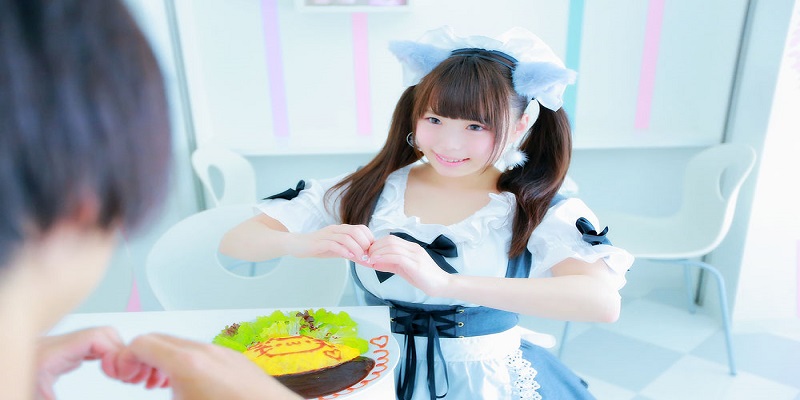






![11 Maid Cafe Ranking in Tokyo [Recommended even to beginners and ladies!]](https://jatrabridge.com/wp-content/uploads/slider/cache/11597c33ae53b47eb36a2f67968e635f/Maid-Cafe-Ranking-in-Tokyo2.3.jpg)










